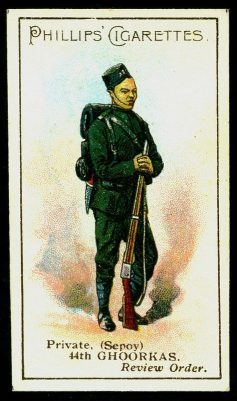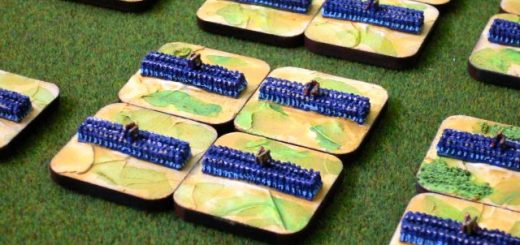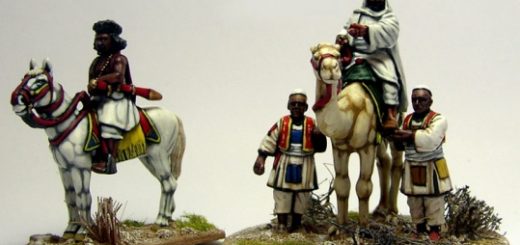Vicksburg
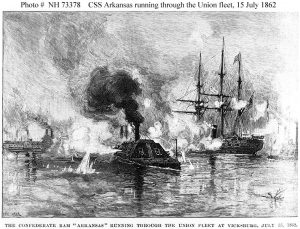
American civil war naval game using Ironclads in Action rules, by Alan Goodearl.
An account of the game is here: Run Arkansas run!in “ARSM guests” Wiki
The game will be played using ship models assembled and painted by Marco.
Map of Vicksburg, http://upload.wikimedia.org/wikipedia/commons/9/9d/View_of_Vicksburg.jpg.
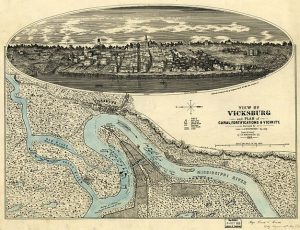
Here are the details of the two tables (blue and red profiles) we will use in the game. Scale will be 1:600 for the first part of the game (blue profile, the red is superimposed for comparison), 1Knot = about 1 inch. Then we will move to the 1:1800 table, a scale three times the ship models size. One game unit is in this case 1Knot = 1 cm, roughly.Since the game is a test game I think it is a good idea to try both game scales.
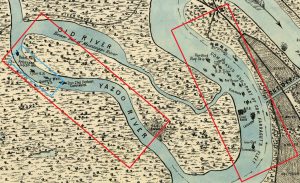
This game has been played by the central London Wargames Group. Here is a description of the Scenario and some comments from Alan.
Scales
1 knot = 38.6 m / 75 second move
1 knot = 30.9 m / 60 second move (roughly 1 knot = 100 foot / minute, ah! there is some logic behind different imperial units!)
For 1/600 scale, TRUE SCALE for tonight
1 knot = 5.08 cm = 2 inches at 60 seconds/move <—– MY CHOICE
1 knot = 6.40 cm at 75 seconds/move
for 1/1200
1 knot = 2.54 = 1 inch at 60 seconds/move
1 knot = 3.20 cm at 75 seconds/move
for 1/1800
1 knot = 1.7 cm at 60 seconds / move <—- MY CHOICE
1 knot = 2.1 cm at 75 seconds / move
A 1 metre ruler is shown for the two tables (rotation has messed up a bit the rulers, sorry! We may notice that the civil war drawing office did not draw the ironclads in true scale!
First table, true scale 1/600.
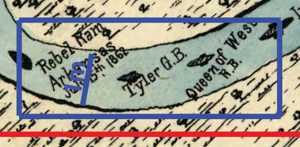
Second table, 1/1800 scale
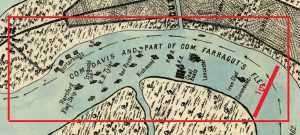
Sc 12 ACW Vicksburg or Bust III RC
“Here is a scenario based on the battle of Vicksburg. The key ship is the Arkansas – there is a photo of your friend’s model of this on your site.
Next in importance is the mobile US squadron – in the Yazoo river. You have the flagship of these, which is Cairo class. I don’t think you have the others, but your General Price was an unarmoured ram quite similar to the Queen of the West. If it is not too confusing you could use your second General Price model to represent the Tyler – though she was a gunboat rather than a ram, they look similar. Or it might be simpler to leave the Tyler out.
The ships in the moored US fleet are less important. Only a few get to move. The Arkansas will probably just want to get past them, rather than to engage them. So, provided there are a lot of guns there it does not matter much which ships you have. You do though have the right model for the Kineo (the most active ship in this fleet) – a Chippewa class gunboat. You also have both of its flagships – the Hampton and the Benton. I think the General Price was there. Tho it was not in the game I played, adding a ram like the General Price, to that fleet would add to the realism of it. I will do it next time I play. You have one ship, the Essex, which I think was part of that squadron, but which I haven’t painted-up yet, so I left out of the scenario. You can put it back in. The Indianola would become part of that squadron, I don’t think she had yet reached it, but you can add her. The USS Mississippi had been part of that fleet. She needed slightly deeper water to float in than most of the ships, so the US admiral left her behind, but you can return her to the squadron. This will give the US Navy a good number of guns – a tough challenge to the Arkansas.”
“I have been wondering a little about using 1:600 scale models with a scale that has them move one centimetre per knot. It should work well. I often play with 1:1200 scale models moving a centimetre per knot. My only slight concern is that because American Civil War ships were so slow, the players might feel that the models are not moving very much in each bound. This would be particularly true of the US ships in the Yazoo, who are steaming against the flow of the river. For example, the Carondelet will only move 4 cm a turn – less than the length of the model. Of course, this is the same that it would move if it was a 1:2400 or a 1:1200 scale model but it somehow looks shorter when the model is bigger – the problem is only one of perception.The difference between the models and the ground scale means they are easier to ram or to collide with. This is covered by the dual scale of the rules – in that ships of the same scale as the ground scale get a “True Scale” bonus (normally of plus 2 to the dice) in the ram and collision table. When using models that are larger than the ground scale (and so are easier to hit) you do not apply this bonus – which should mean that the overall chance is about the same. I think at the ground scale you will be playing the rules will work as written. If it seems too easy to ram (because the target model will be large relative to the move it has to avoid the ram) you could shift a little the other way, by applying a minus 1 to the dice.Another possibility would be to shorten the terrain so as to let you use the 1:600 scale models at the inch scale – with the ships moving an inch per knot, they would still be twice the ground scale (so would not get a True Scale addition when ramming). I think your scale solution is probably the better one, though.I very much hope you have a great game. Do let me know if there is any information I can provide before it starts.With best wishes,Alan”
Rosters
Confederate
- Arkansas ICS red Arkansas
US Yazoo Squadron
- Carondelet ICS red Carondelet (simp)
- Tyler ICS red Tyler
- Queen of the West ICS red Queen of the West – CSS
US Mississipi Squadron
- Kineo ICS red Kineo – 90
- Hartford ICS red Hartford
- Winona ICS red Winona – 90
- Lexington ICS red Lexington
- Cincinnati ICS red Cincinnati (simp)
- St. Louis ICS red St Louis (simpl)
- Mound City ICS red Mound City (simp)
- Benton ICS red Benton 1862

